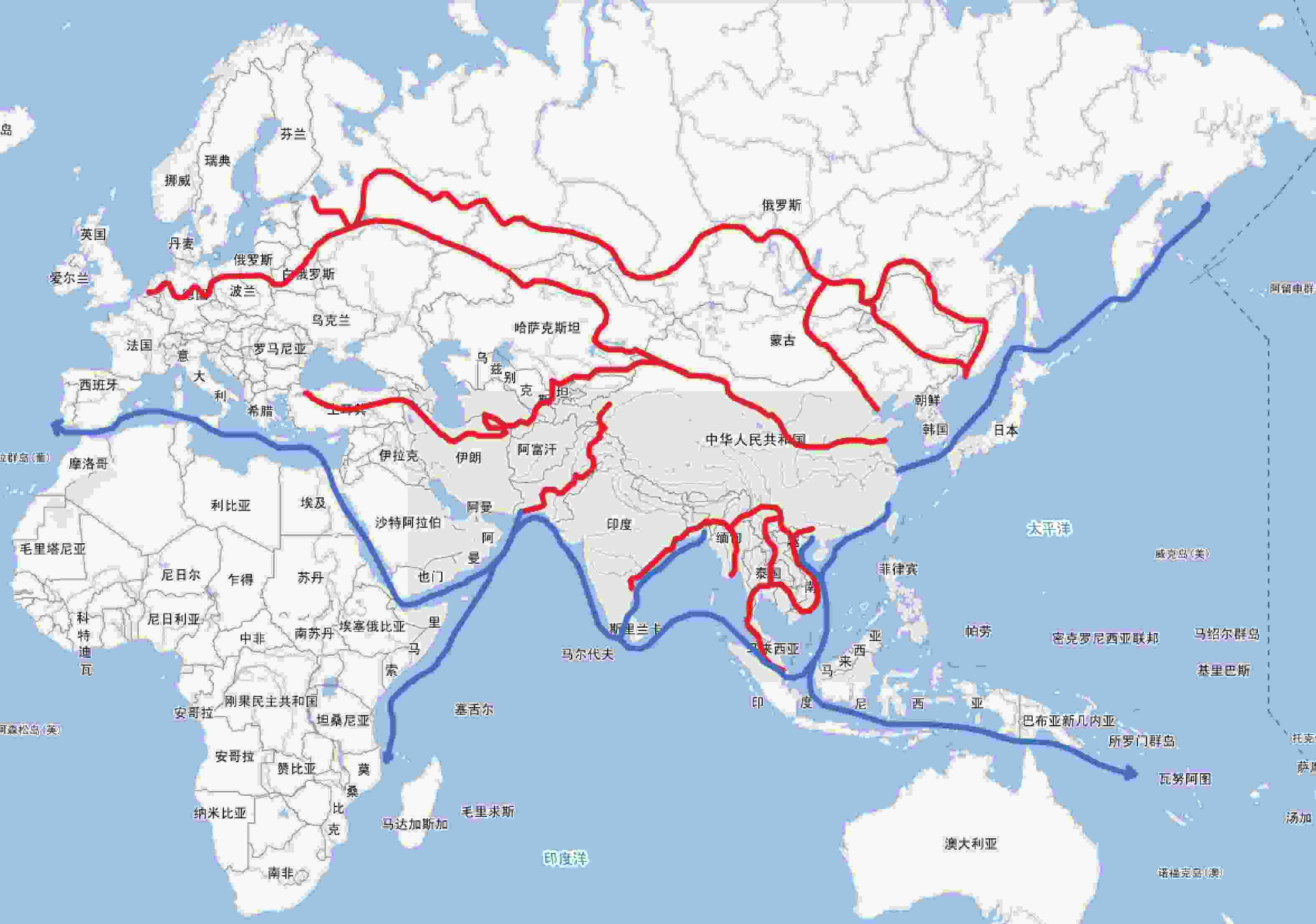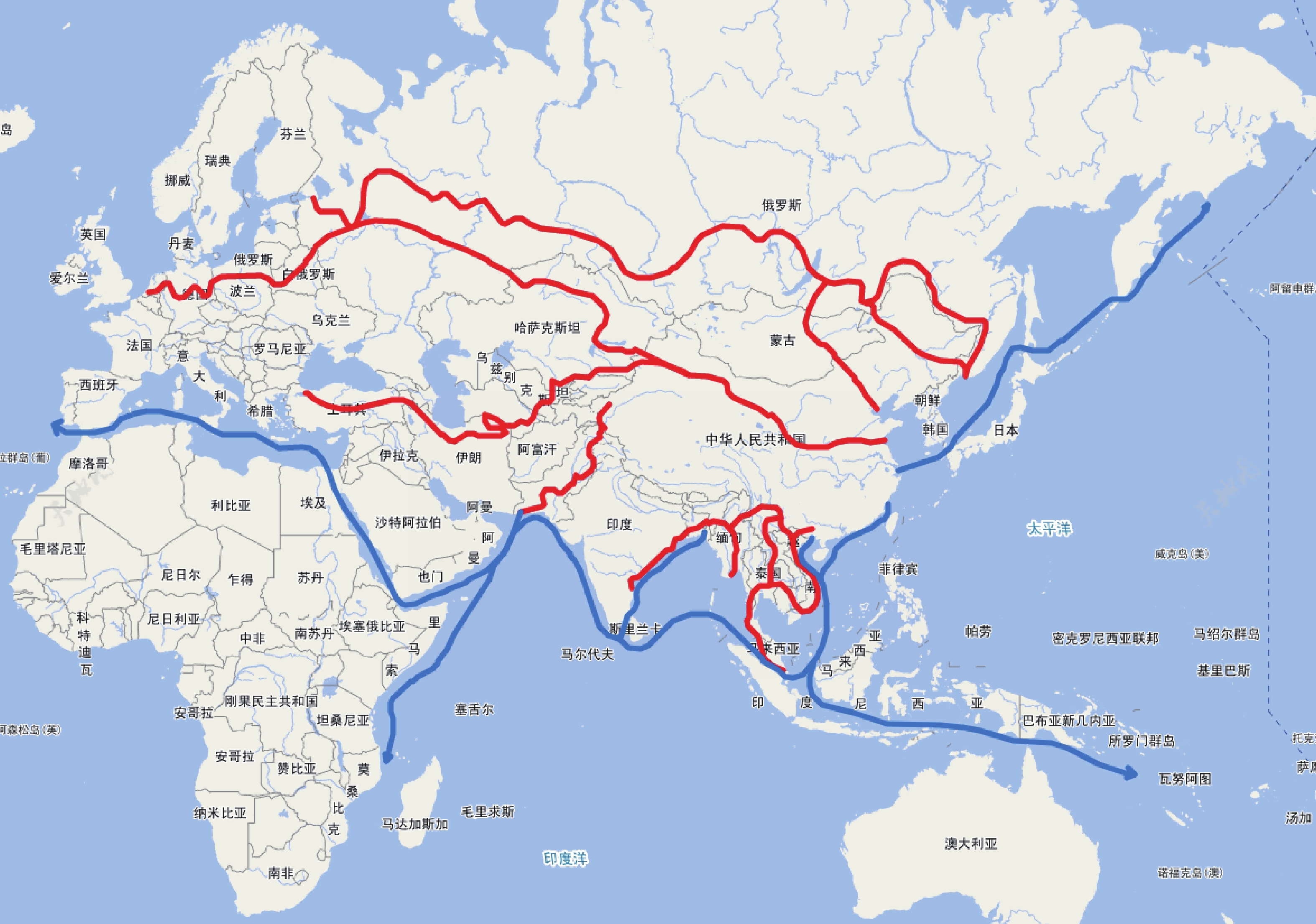中国的新综合性视野和远瞻性愿景:“一带一路”倡议与亚投行
作者简介:黄宗智,中国人民大学法学院讲座教授(北京 100872),加利福尼亚大学洛杉矶校区(UCLA)历史系教授(荣休)
摘要: 中国在将近两个世纪之中一直都被困于许多发展中国家的基本窘境:现代西方既是其帝国主义敌人也是其发展模范。在其近现代历史中,一再从完全拒绝西方转到完全模仿西方的极端。如今,近乎两个世纪之后,中国终于逐步走向了一个新的综合性视野和远瞻性愿景,既采纳源自其反帝革命过程中的优良传统,也采纳其西式现代化经验中的优点来想象、推进中国的未来。这个改变很好地体现在中国最近的“一带一路”倡议和所组建的亚洲基础设施投资银行。但西方学术仍然多局限于其源自冷战时期中的善恶分明和对立的视野,一再将不择手段地谋求和使用权力的动机投射于中国。即便是中国自身的学术,由于西方政治学传统中完全聚焦于权力及其运作的论析的影响,大多要么忽视了中国不同的,既是道德化的、也是实用性的思维方式,要么仅是官方话语的转述或阐释,不多考虑其实际运作和远瞻性愿景。我们需要更清楚地了解中国的新设想来更好地认识其最新的经济发展进路和其对世界未来的新综合性视野和深层的远瞻性愿景。对比新设想和最近十几年的农村发展战略,我们可以更清楚和完全地看到两者间的巨大不同。
A New Integrative Vision: China’s Belt-Road Initiative and Its Asian Infrastructural Investment Bank
- Available Online:
2020-07-20
Abstract: China has long been trapped in the dilemma of many developing countries, for which the modern West is both the imperialist enemy and the model of development. Its modern and contemporary history has seen violent swings from outright rejection of the West to imitation of it. Now, nearly two centuries later, China is finally working its way toward a more integrative approach, drawing both on its experience of anti-imperialist revolution and of Western-style modernization, and is moving forward with a vision that would attempt to take the best from each of the hitherto either/or approaches. Much of Western scholarship and analyses, however, are still largely mired in an older Cold War Manichaean world view, with a tendency to project onto China Machiavellian schemes in the pursuit and uses of power. Even Chinese scholars themselves, under the influence of political science studies that focus mainly on power and its use, have tended to overlook the distinctive Chinese mode of thinking of combining moral visions with practical considerations. Or, they are limited to restating or explicating official discourse, without considering actual practice or its underlying vision. We need a better understanding of the conceptual roots of China’s new integrative perspective and vision in order to better understand its new strategy for development and its new vision for the future. A comparison of the new vision with the recent strategies for rural development in China in the last section of this article will serve to illustrate more completely and clearly the differences between the two approaches.



 下载:
下载:



 沪公网安备 31010102003103号
沪公网安备 31010102003103号